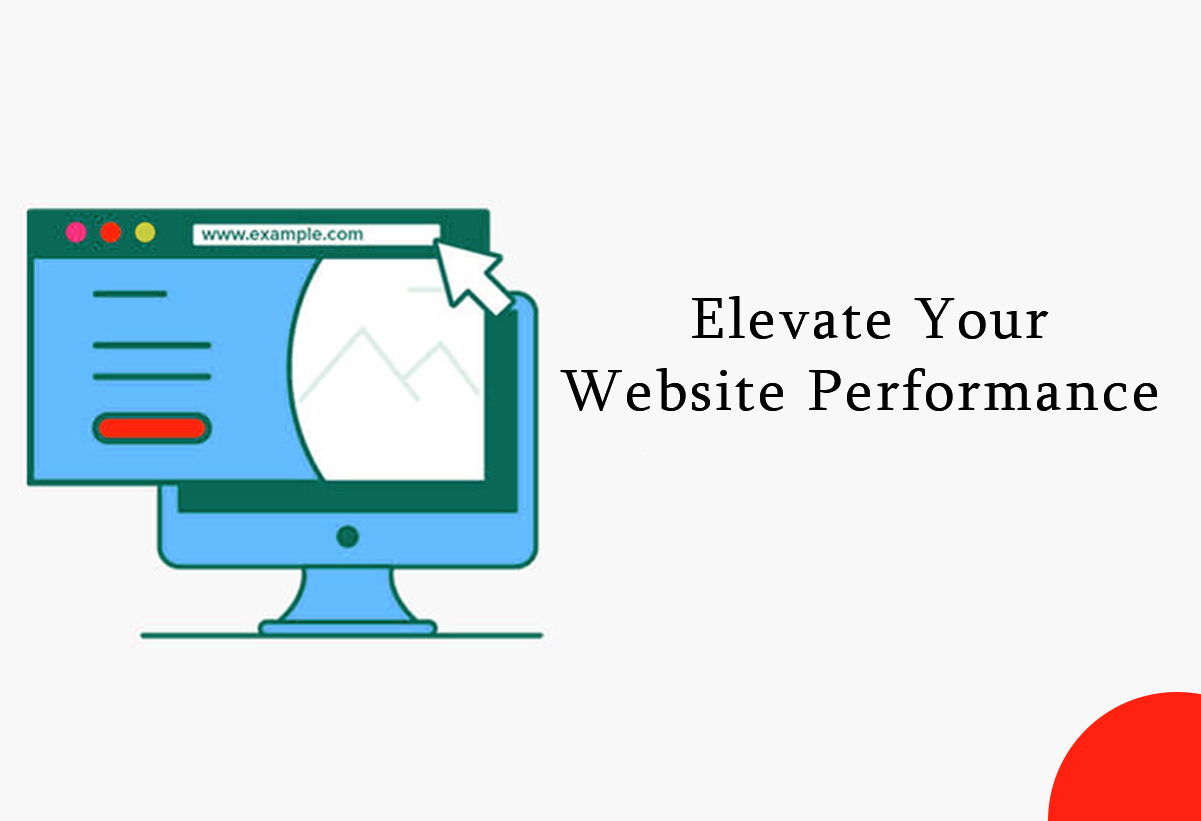In the fast-paced digital landscape of today, where time is currency, your website’s load speed can make or break customer engagement. A recent survey revealed that a staggering 50% of visitors abandon a website that takes more than six seconds to load. The bottom line? In the era of shrinking attention spans, failing to capture your visitors’ interest within seconds can lead to a significant loss of potential customers.
Why You Can’t Afford to Overlook Web Performance
As consumer expectations evolve and the demand for exceptional user experiences grows, companies are prioritizing the delivery of a seamless digital journey. The correlation between faster webpages and improved conversion rates is undeniable, directly impacting user satisfaction and, consequently, revenue. To stay ahead, it’s crucial to address performance issues during the design and development phases, ensuring a stellar digital experience that keeps visitors coming back for more.
Decoding the Metrics: Core Web Vitals
Understanding web performance requires delving into Google’s Core Web Vitals, a trio of metrics that gauge overall user experience and page load speed. These metrics – Largest Contentful Paint (LCP), First Input Delay (FID), and Cumulative Layout Shift (CLS) – provide actionable insights into your website’s performance, influencing its ranking in Google search results since August 2021.
- Largest Contentful Paint (LCP): Measures how quickly the main content loads, with an optimal score of 2.5 seconds or less.
- First Input Delay (FID): Gauges user interaction response time, from the initial action to browser response.
- Cumulative Layout Shift (CLS): Tracks layout shifts throughout the page’s lifespan, with a lower score indicating better performance.
These scores are derived from real user data, setting them apart from lab-generated reports from online testing tools.
The Need for a Seamless Website
In a competitive landscape, a brand’s website is the gateway to user engagement and conversion. Amazon’s research underscores the significance of page speed, revealing that every 100 milliseconds in added load time costs a 1% decrease in sales. A one-second load time leads to a 2.5 times higher ecommerce conversion rate compared to a five-second load time.
Real Impact: A Case Study
Consider Adobe’s journey towards optimal web performance. By implementing Edge Delivery Services from Adobe Experience Manager Sites, they achieved remarkable results:
- LCP decreased from 7.2 seconds to 3.4 seconds, conveying a sense of fast-loading content.
- Time to Interactive dropped from 33.3 seconds to 4.5 seconds, enhancing user interaction responsiveness.
- CLS decreased from 0.388 to zero, eliminating layout shifts for a seamless user experience.
The outcomes were transformative, leading to increased SEO visits (19%), engaged visit rate (40%), repeat visits (14%), average time on page (30%), decreased bounce rate (12%), and an astonishing 37% improvement in conversion rates for pages with forms.
Mobile Momentum: Elevating the User Experience
Mobile users, constituting 9 in 10 internet users, experienced significant improvements. Engaged visit rates soared by 35%, bounce rates decreased by 6%, and average time spent on page increased by 21%. As mobile continues to dominate user interactions, a seamless mobile experience is non-negotiable.
Speed Is Your Competitive Edge
In conclusion, speed is not just a metric; it’s a competitive advantage. Optimizing web performance goes beyond meeting standard metrics – it’s an ongoing investment that pays dividends in increased earnings and sustained competitiveness. In a world where milliseconds matter, unlocking your website’s full potential is the key to success in the digital arena.
